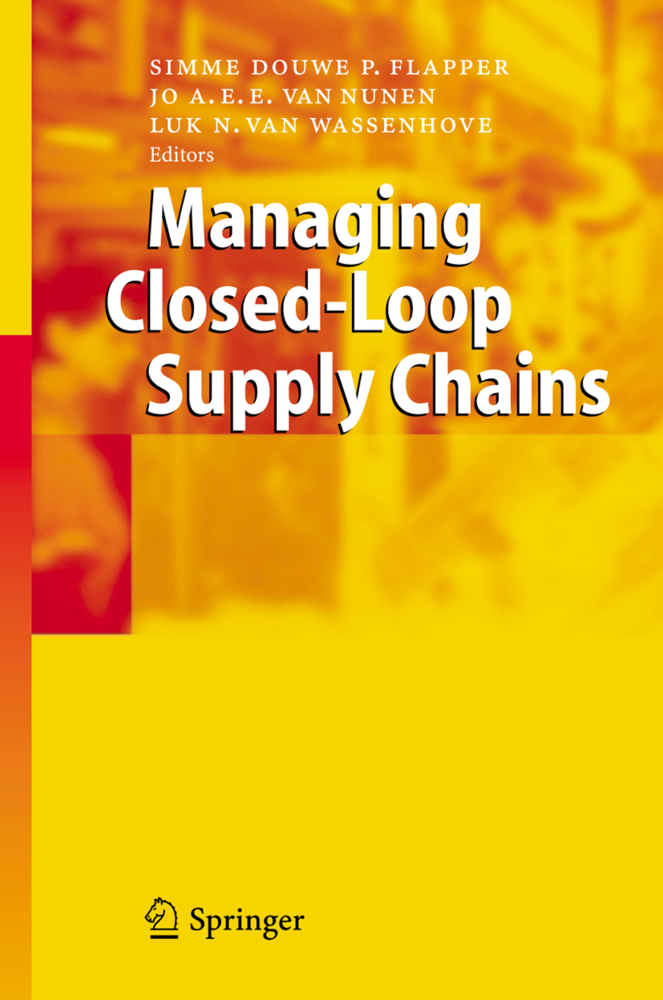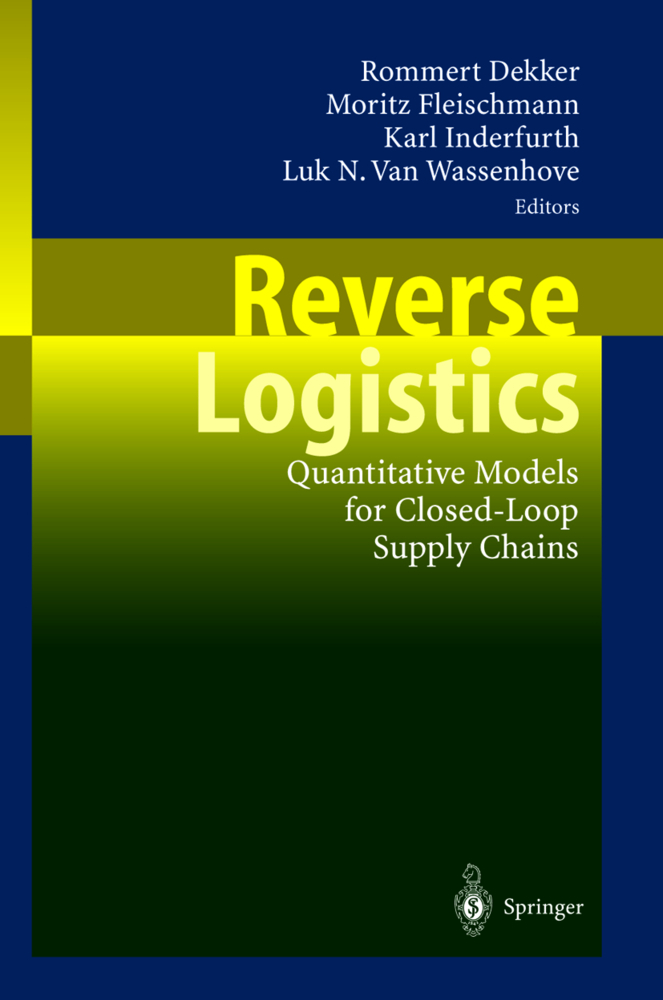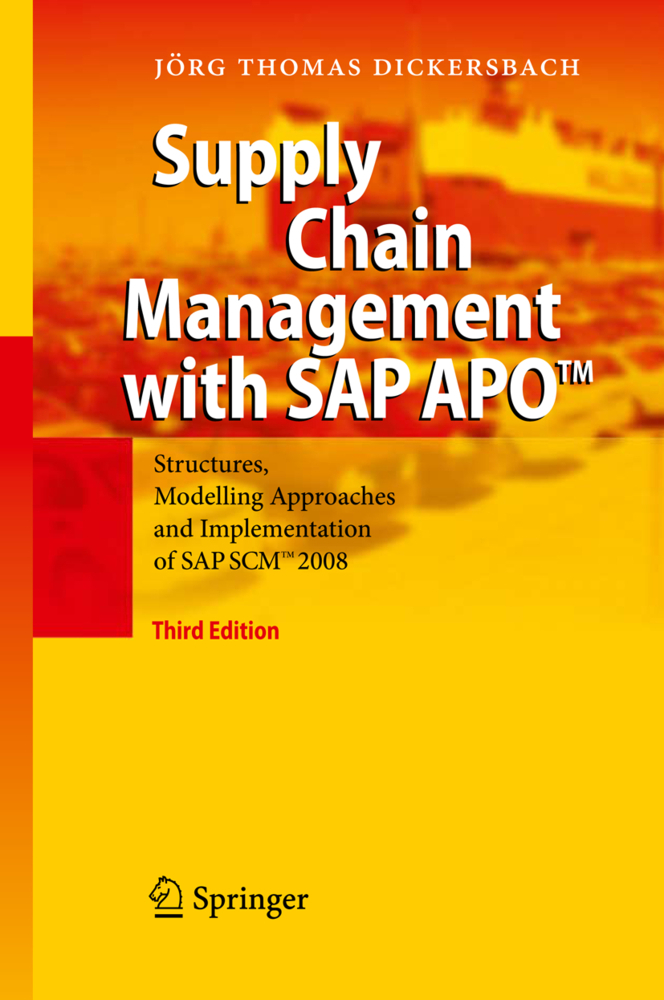Planning Stability in Material Requirements Planning Systems
Planning Stability in Material Requirements Planning Systems
In logistics systems, the issue of planning stability has attracted increased attention and interest in recent years. This is mainly due to an increasing integration of planning systems both within and across companies in supply chain management. The propagation of adjustments in planning systems first acquired wide attention when MRP systems were employed as standard planning tools for material coordination. Within a rolling horizon framework the MRP application produced considerable planning instability which origins from uncertainties in the planner's exogenous environment as well as from endogenous sources. This book presents an analytical investigation that gives deep insight into the influence of different kind of inventory control rules on the stability of material planning systems under stochastic demand in a rolling horizon environment.
3. Nervousness in Material Requirements Planning Systems
4. Single-Stage Production Systems
5. Product Recovery Systems
6. Conclusions
A. Approximation for Renewal Function M(x)
A.1 Mixed-Erlang Distribution
A.2 Hyperexponential Distribution
B. (s, S) Policy
B.1 General Stability Functions
B.2 Mixed-Erlang Distributed Demand
B.3 Exponentially Distributed Demand
B.3.3 Properties of Stability Function
B.3.3.1 Simplification of Stability Function
B.3.3.5 Minimum Stability for long-term Setup Stability
B.4 Hyperexponentially Distributed Demand
B.5 Short-term Planning Stability
C. (s, nQ) Policy
C.1 General Stability Functions
C.2 Mixed-Erlang Distributed Demand
C.3 Exponentially Distributed Demand
C.4 Hyperexponentially Distributed Demand
C.5 Short-Term Planning Stability
C.6 Proof of Algorithm I
D. Product Recovery Systems
D.1 (s,S) Policy
D.1.2 Exponentially Distributed Demand and Returns
D.2 (S,D) Policy
D.2.2 Exponentially Distributed Demand and Returns
List of Abbreviations
List of Symbols
List of Figures
List of Tables
References.
1. Introduction
2. Material Requirements Planning and Inventory Control3. Nervousness in Material Requirements Planning Systems
4. Single-Stage Production Systems
5. Product Recovery Systems
6. Conclusions
A. Approximation for Renewal Function M(x)
A.1 Mixed-Erlang Distribution
A.2 Hyperexponential Distribution
B. (s, S) Policy
B.1 General Stability Functions
B.2 Mixed-Erlang Distributed Demand
B.3 Exponentially Distributed Demand
B.3.3 Properties of Stability Function
B.3.3.1 Simplification of Stability Function
B.3.3.5 Minimum Stability for long-term Setup Stability
B.4 Hyperexponentially Distributed Demand
B.5 Short-term Planning Stability
C. (s, nQ) Policy
C.1 General Stability Functions
C.2 Mixed-Erlang Distributed Demand
C.3 Exponentially Distributed Demand
C.4 Hyperexponentially Distributed Demand
C.5 Short-Term Planning Stability
C.6 Proof of Algorithm I
D. Product Recovery Systems
D.1 (s,S) Policy
D.1.2 Exponentially Distributed Demand and Returns
D.2 (S,D) Policy
D.2.2 Exponentially Distributed Demand and Returns
List of Abbreviations
List of Symbols
List of Figures
List of Tables
References.
Heisig, Gerald
| ISBN | 978-3-540-43015-5 |
|---|---|
| Artikelnummer | 9783540430155 |
| Medientyp | Buch |
| Copyrightjahr | 2002 |
| Verlag | Springer, Berlin |
| Umfang | XII, 268 Seiten |
| Abbildungen | XII, 268 p. |
| Sprache | Englisch |











